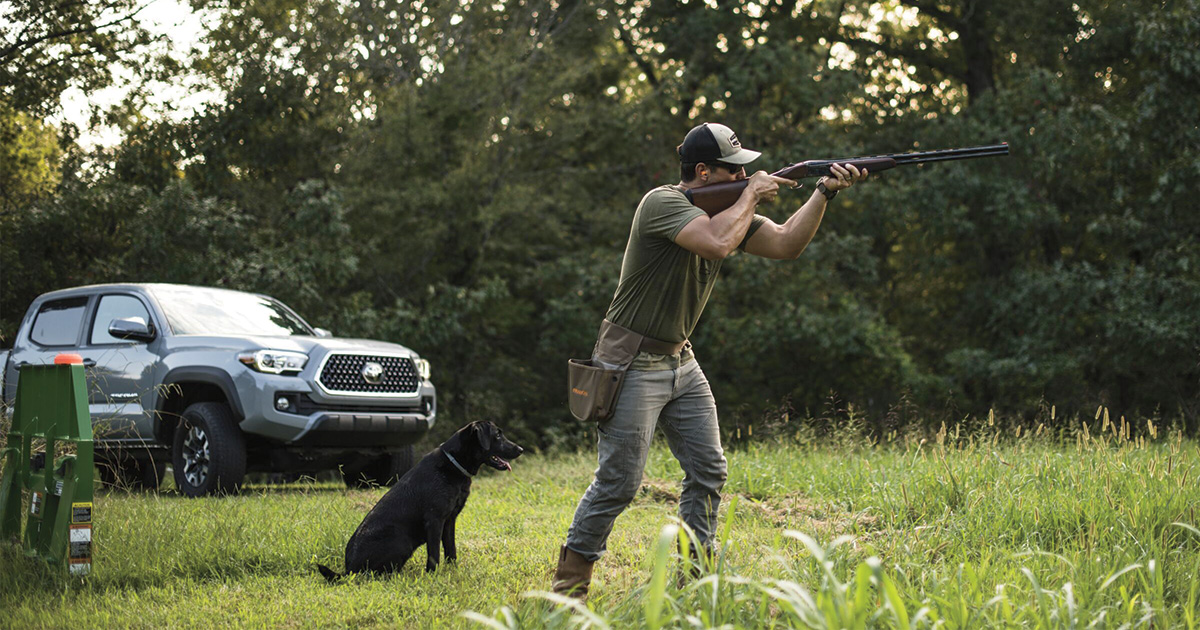Shooting Off-Season Clays
Time spent at the range this summer will pay dividends in the blind next season
Time spent at the range this summer will pay dividends in the blind next season

By Teresa Milner

You’ve probably heard the old saying: “Champions are made in the off-season.” That definitely applies to your hunting skills, especially shooting. Spend the off-season practicing your shotgunning and you’ll notice the difference when waterfowl season rolls around. Let’s take a look at the different shotgun sports you can participate in at your local range.
Skeet uses two traps—one on either end of a semicircular layout. It’s designed to simulate all the different angles that you will encounter in the field. Targets start at different heights and come from both directions. Skeet is great practice for hunting waterfowl as well as grouse, pigeons, doves, and other upland game birds.
Trap is designed to simulate upland bird hunting. Targets come from a single house in front of you and are thrown away from your shooting position. You can’t predict the angle at which each target will fly.
Sometimes jokingly referred to as “golf with a shotgun,” sporting clays includes shooting stations laid out over a field of natural terrain. Clays can come from an infinite number of angles and move at different speeds, simulating the unpredictability of shooting live quarry. Some targets even fly toward you, are launched from behind you, or roll and skip along the ground!
Wobble trap targets are thrown from a house just in front of your firing line. The machine throws targets side to side and up and down in a random pattern. An official wobble trap event has 25 targets.
None of these disciplines will exactly duplicate how a wild bird flies. Waterfowl can approach from unpredictable angles and change speed and direction in flight. Clay targets, on the other hand, slow down after they leave the house and never change direction.
Skeet and trapshooting can help you practice basic shotgun skills. You’ll keep shooting muscles in shape and build muscle memory for movements like raising the gun to your shoulder, keeping your head on the gun, and tracking a target. Sporting clays does the best job of mimicking the behavior of real birds and can help improve in-the-blind techniques. You don’t have to join a league or shoot skeet, trap, or sporting clays competitively. You don’t even need an official range. Grab a friend, some targets, and a thrower and make your own fun! Just remember to be safe.
DU shotgunning columnist Phil Bourjaily has written an extensive article about off-season shooting practice, including illustrations and many more tips. You can find his article here: Finding the Range
Ducks Unlimited uses cookies to enhance your browsing experience, optimize site functionality, analyze traffic, and deliver personalized advertising through third parties. By continuing to use this site, you agree to our use of cookies. View Privacy Policy